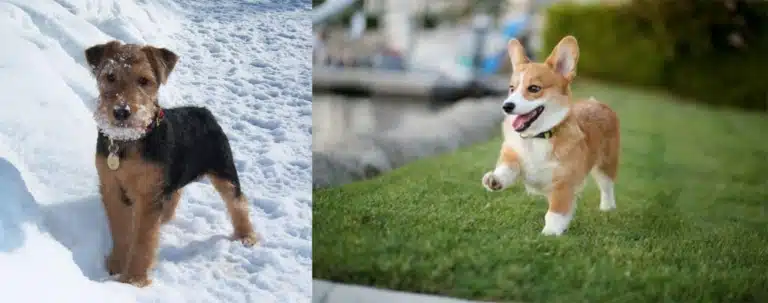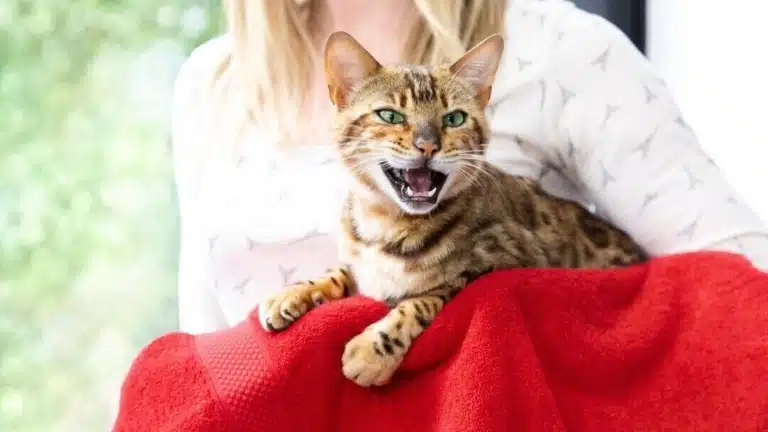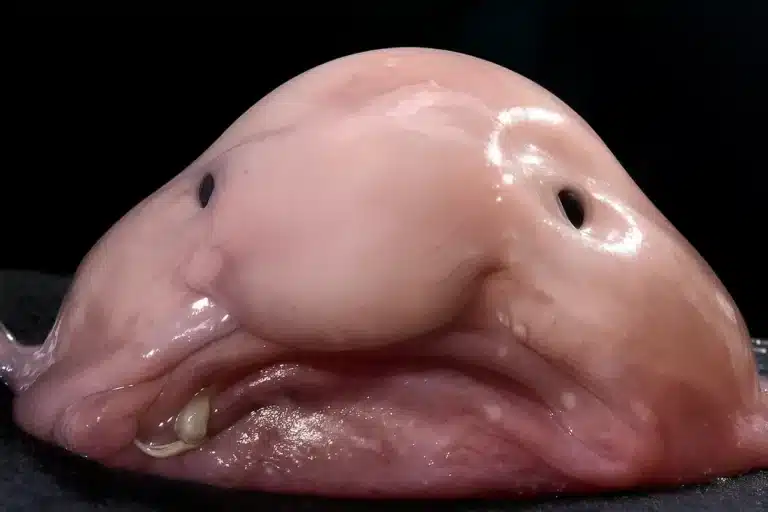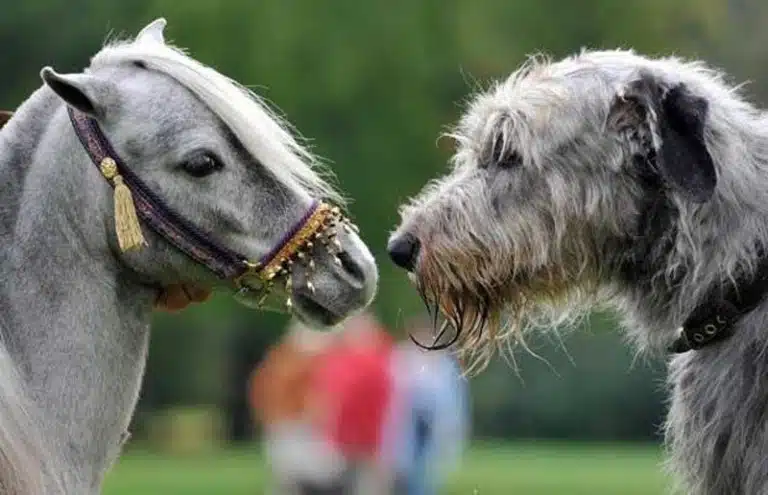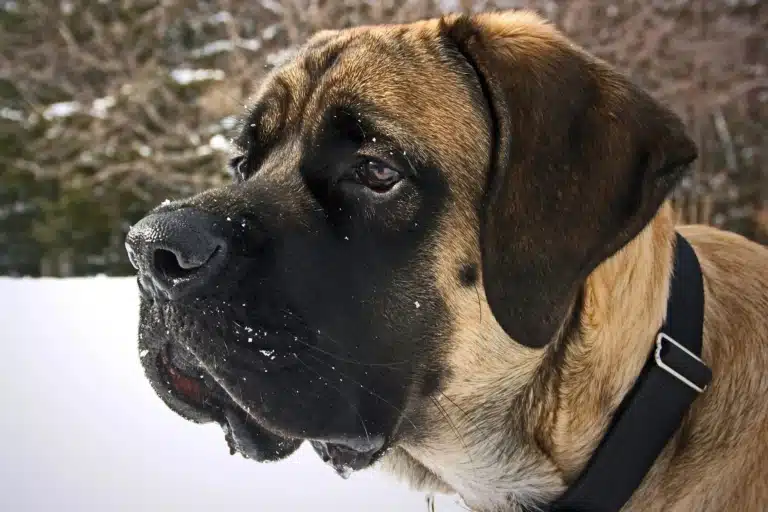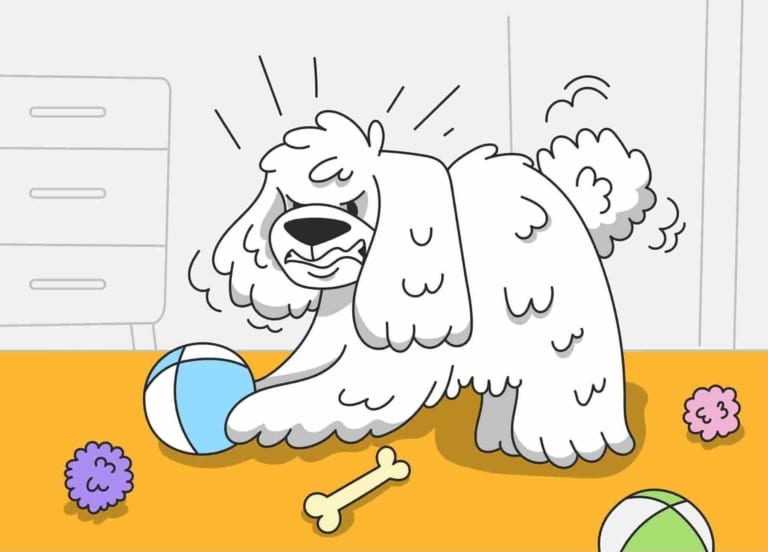Among dog owners and even some groomers, there is often confusion between the terms hand-stripping and clipping. For a long time, the term “dog trimming” was used in post-Soviet countries, although it does not fully convey the essence of the procedure. Instead, in international practice, the term hand-stripping has become more common, as it clearly describes the grooming process for wire-haired breeds.
So why has the name changed, and why is it more accurate to say “hand-stripping” today? Let’s find out.
Why is “trimming” no longer the correct term?
The origin of the term “trimming”
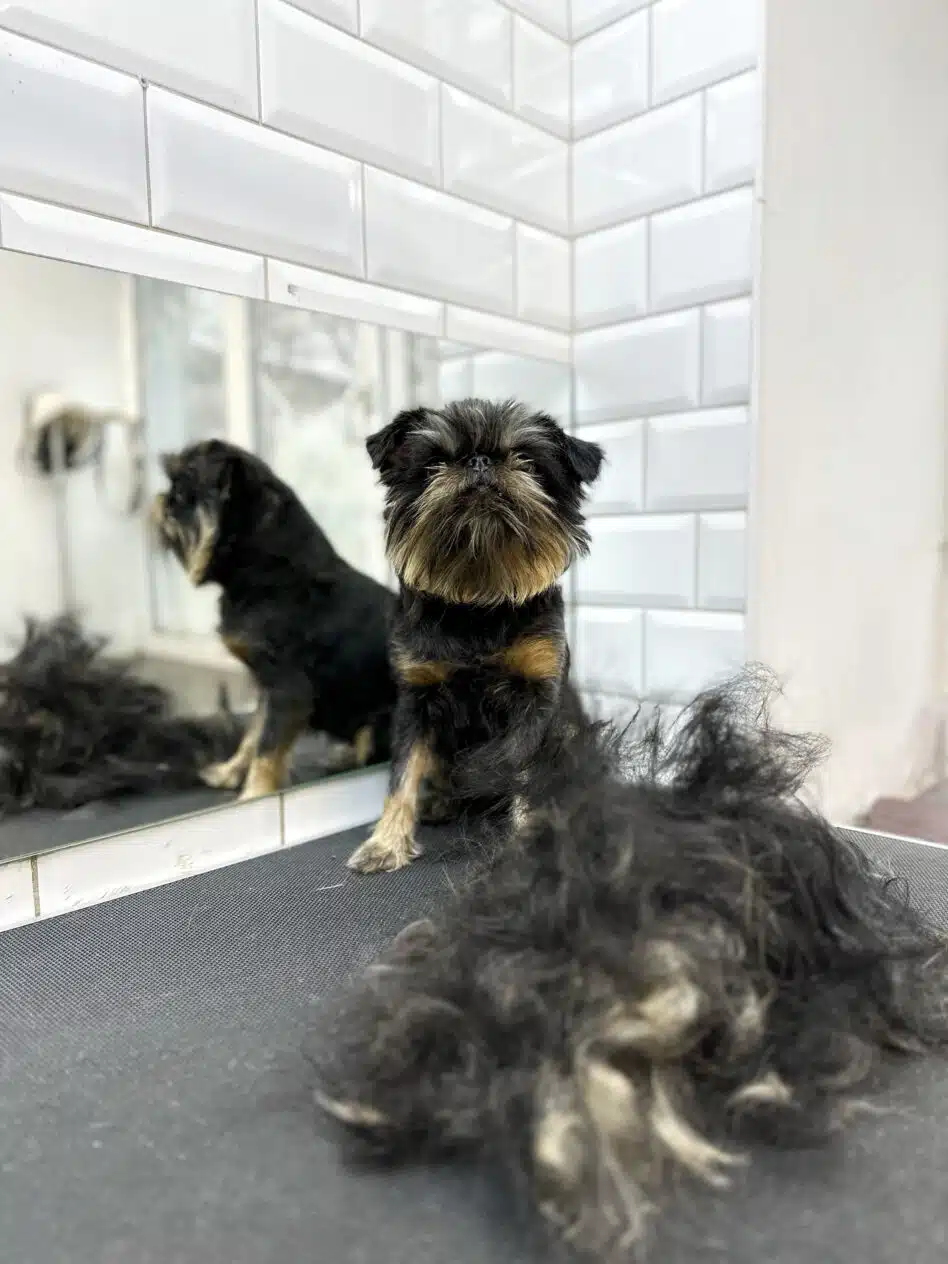
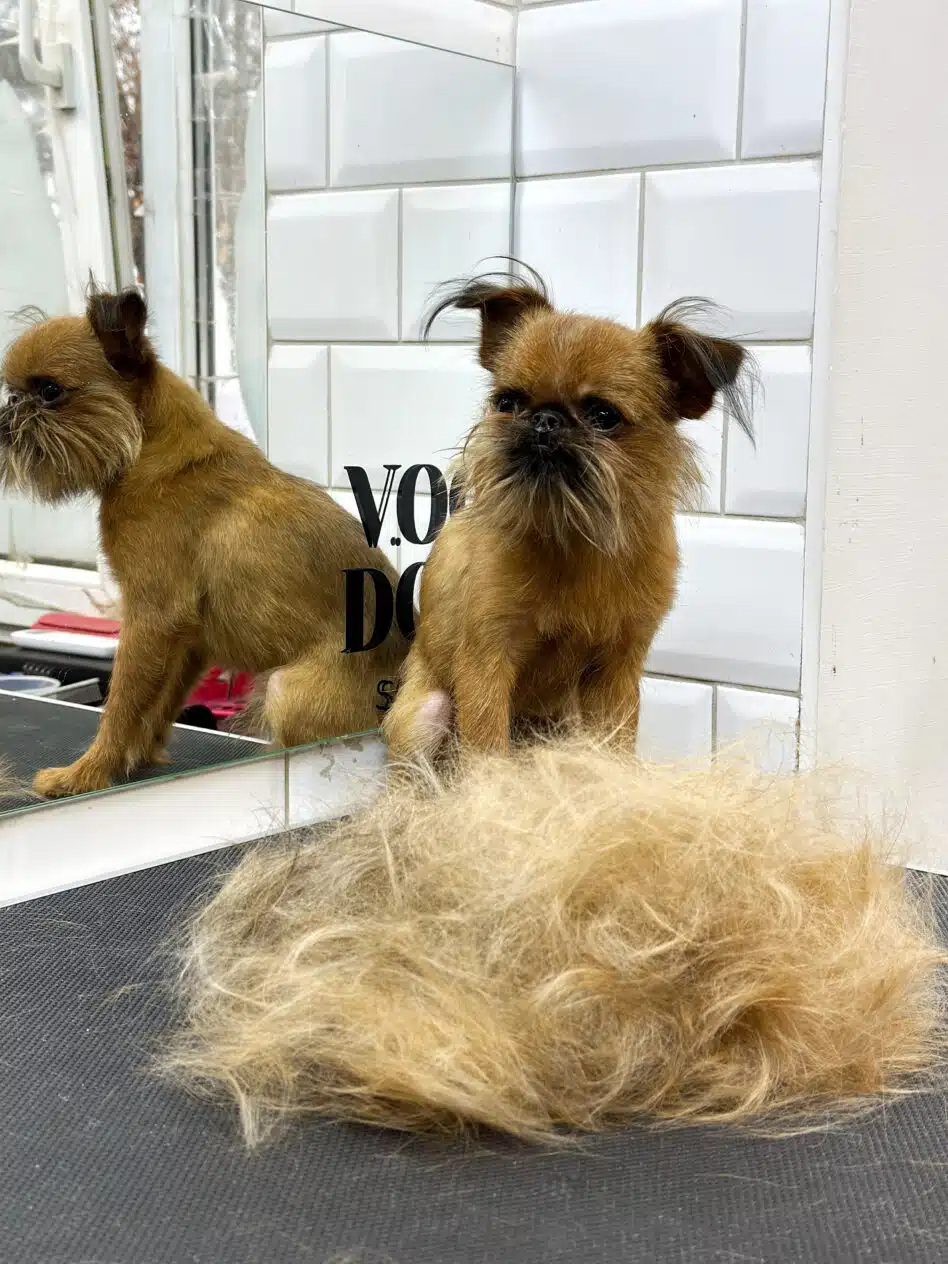
The word “trimming” comes from the English term trimming, meaning “cutting,” “trimming,” or “shaping.” In pet grooming, it was long used to refer to any type of coat shaping, including not only manual plucking but also scissor or clipper trimming.
However, the procedure referred to as “trimming” in post-Soviet countries does not involve cutting the coat. Instead, it is the removal of dead hair by hand or with special tools. This process helps maintain the coarse texture and natural appearance of the coat. The term “trimming” can be misleading since it is associated with cutting, which actually damages the coat texture of wire-haired breeds.
To avoid confusion, the term stripping was introduced in international practice, meaning “clearing” or “removal of coat.” This is a more accurate description because the process involves plucking mature hair rather than cutting it. Today, in professional grooming, most groomers worldwide use this term.
What is stripping in dogs, and why is it necessary?
A method for removing dead hair in wire-haired breeds
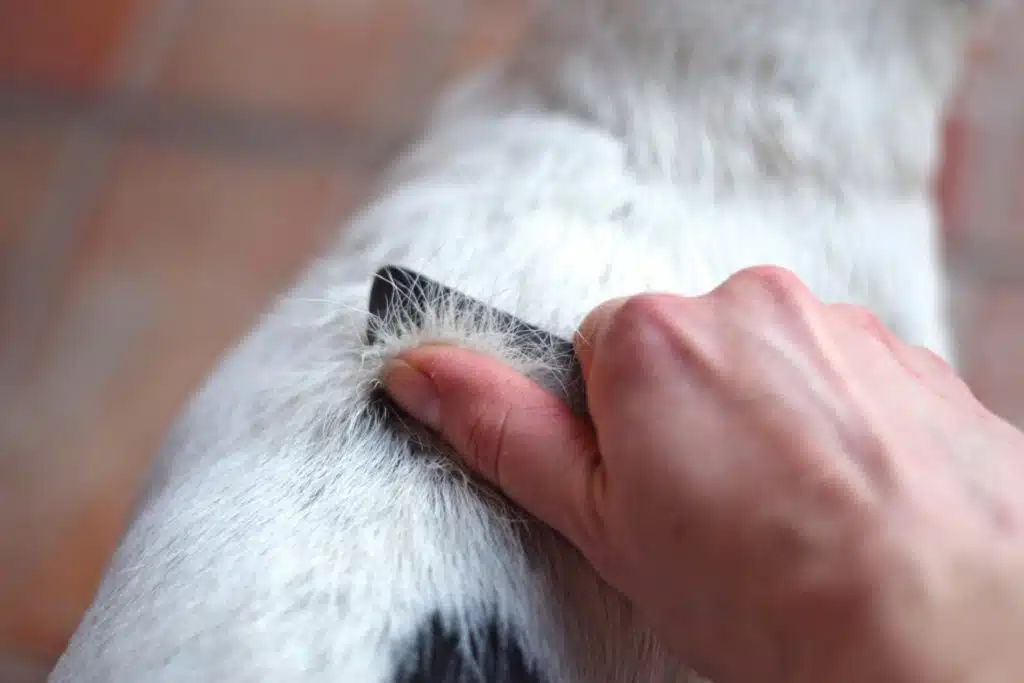
Hand-stripping is the process of manually removing dead hair that does not fall out on its own. Wire-haired dogs have a unique coat structure with two layers: a coarse topcoat and a soft undercoat. If dead hair is not removed, it can hinder the growth of new hair, cause discomfort, and even lead to skin problems.
Why can’t wire-haired dogs just be clipped with a machine?
Wire-haired dogs should not be clipped with a machine because:
✔ The coat texture changes – it becomes softer and loses its natural protection.
✔ The coat color may change – hairs lighten, and depth of color fades.
✔ The dog’s skin stops breathing properly, which can lead to irritation and allergic reactions.
Clipping is only suitable for decorative breeds or dogs that no longer participate in shows and cannot undergo hand-stripping.
Which breeds need hand-stripping?
Hand-stripping is necessary for wire-haired breeds, including:
- Terriers (Fox Terrier, Airedale Terrier, West Highland White Terrier, Jack Russell Terrier, Norfolk Terrier, Scottish Terrier, etc.).
- Schnauzers (Miniature, Standard, Giant).
- Wire-haired Dachshunds.
- Some Spaniels (American Water Spaniel, Irish Water Spaniel).
These breeds require regular coat care to keep their fur in good condition, prevent matting, and avoid discomfort.
Main hand-stripping methods
Hand-stripping can be performed using different techniques depending on the dog’s coat type, condition, and the specifics of the procedure. Groomers use three primary approaches:
Manual hand-stripping – plucking by hand
This method is used for dogs with softer wire coats, where hairs can be removed easily without extra effort. The groomer plucks dead hair by hand, using rubber finger cots for better grip. Manual hand-stripping helps maintain the natural coat texture and evenly remove the old layer.
Hand-stripping knife – a tool for coat removal
A stripping knife is a special tool with a serrated blade that makes it easier and more efficient to remove dead hair. It is used for dogs with coarser and denser coats, where manual plucking may not be effective enough. It’s important to hold the knife correctly and “pluck” the hair rather than “cut” it to preserve the coat’s texture.
Carding – undercoat removal after hand-stripping
Carding is the final stage of hand-stripping, where the groomer removes remaining undercoat using special combs or stripping knives. This process helps get rid of loose fluff and stimulates the growth of new, healthy hair. Without carding, the coat may look untidy, and the undercoat can build up, causing matting and skin problems.
Does the procedure hurt the dog?
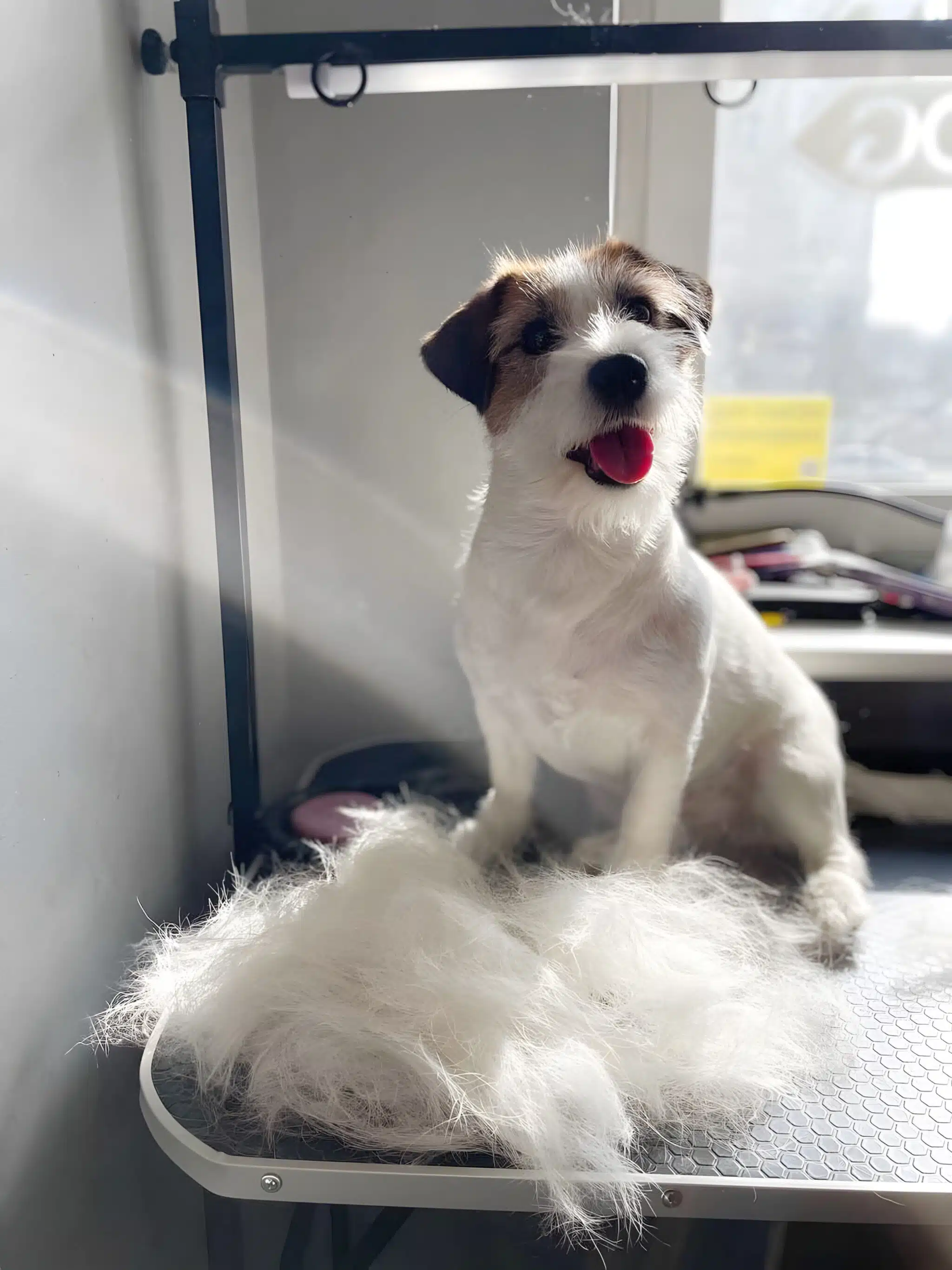
There is a myth that stripping is a painful procedure, but this is not true. In wire-haired dogs, dead hair is not firmly attached to the skin, so its removal does not cause pain if the coat is ready. Dogs may experience mild discomfort, but a properly performed procedure does not cause stress or suffering.
How to know when the coat is “ready” for plucking?
To make hand-stripping comfortable for the dog, it is important to remove only the “mature” coat. Here are signs that the hair is ready:
✔ It comes out easily with a light pull by hand.
✔ The top layer of the coat looks dull and feels rougher.
✔ When brushing, coarse hairs remain that do not shed naturally.
If the coat is not yet ready, it is harder to pluck, which may cause discomfort for the dog.
Why should a groomer be experienced in this procedure?
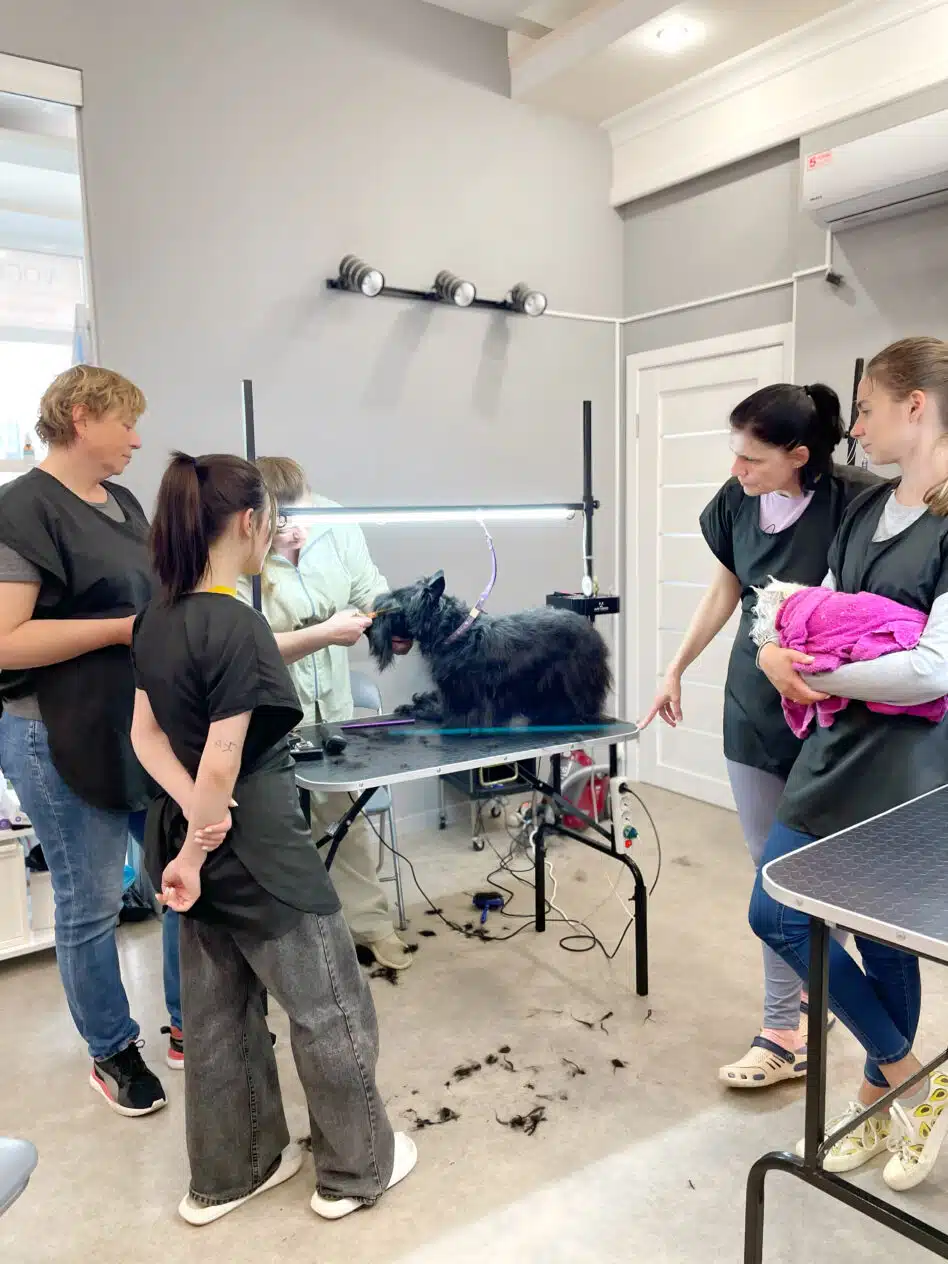
Stripping is a professional technique that requires knowledge and practice. An inexperienced groomer may:
❌ Pluck hair that is not yet ready, causing discomfort and pain.
❌ Use the wrong tool, damaging the coat texture.
❌ Remove too much hair, leading to uneven coat regrowth.
An experienced groomer knows how to handle the coat of a specific breed, determines the right timing for the procedure, and ensures maximum comfort for the dog.


